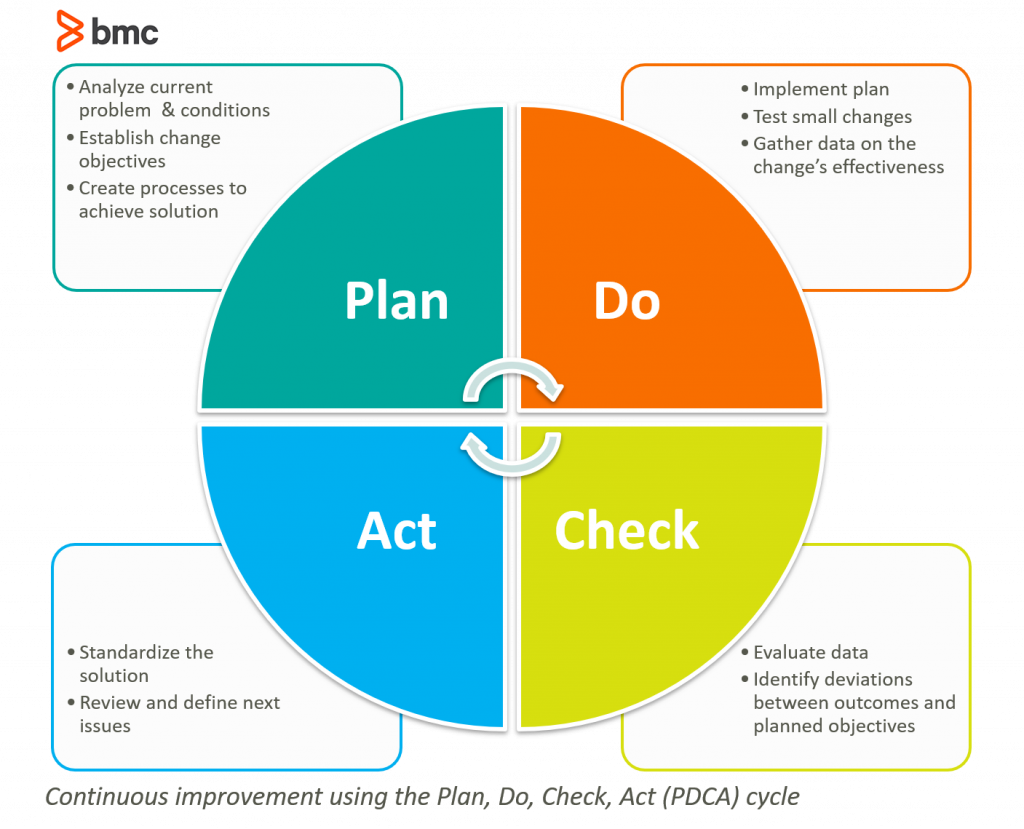What Is "IT-Business Alignment"?


The divide between IT and business is so culturally evident that it reads like a punchline to a workplace joke. The tech guys don’t understand what the business is doing, and the business folks think technology is just about turning PCs on and off again.
Of course, there is a divide between people who work in IT and those who work in traditionally defined business units. This divide was initially intentional, but as technology slowly then suddenly became a requirement for global and local businesses, this divide is now seen as naïve and a hindrance. Today, companies recognize the need to align IT and business: A recent Gartner report predicts that half of organizations worldwide will achieve increased IT-business collaboration by 2022. The problem, though, is that IT-business alignment isn’t easy to achieve.
In this article, we’ll look at IT-business alignment, including problems when IT and business units aren’t aligned, benefits of alignment, and even best practices and strategies to take your alignment from idea into action.
Most companies can agree that business and IT aren’t working as closely as possible to optimize their service and product delivery. The oft-cited reason? Traditional business units function very differently from technology. Other reasons: Stereotypes perpetuate misconceptions about how business sees IT and vice versa. Non-IT personnel think IT is too technical to understand, and they might fail to recognize that IT participates in core revenue-generating activities like sales, marketing, customer service, etc.
Though these stereotypes are changing in the 21st century, different disciplines do have inherently different cultures, objectives, incentives, languages, and skillsets. It’s how writing makes sense to some people, and others are more comfortable working with numbers and spreadsheets.
Despite the elevation of roles like CTOs and CIOs, tech leadership continues to report significant struggles when attempting to collaborate with business units. You might easily recognize a problematic IT-business relationship. Indicators that these differences are hurting your company often show up in problems like:
Every organization today must become a technology business, no matter what product or service you offer. This shift is inevitable, and with it comes the concept of IT-business alignment: that IT enables business and business drives IT efforts. Neither is less necessary; both are revenue-generating.
The concept of aligning IT and business is rooted in the longstanding reality that the tech side and the business folks were unable to bridge their knowledge, skills, and communication gaps to really work in tandem to support successful service delivery. Alignment might feel soft and squishy, like company culture—but IT experts say that’s the wrong approach to aligning IT and business. So, how should we be thinking about alignment?
Think about quantifying what business and IT bring the company—when they work alone and when they work together. The lynchpin is the understanding that when IT and business work in tandem, as partners, both will achieve more. The most successful organization create a unified team, using the best of all available skills and resources so that each employee gets to work smarter. And every customer gets a better experience.
Aligning IT and business results in countless benefits:
All these benefits result in top customer experiences, boosting your bottom line.
Talking about alignment and achieving it are two separate things. Achieving true IT-business alignment is difficult primarily because it’s cultural. Culture changes might seem easy—hang up value-based posters, encourage department meet-and-greets—but those efforts rarely succeed.
Instead, achieving alignment requires strategy. And that strategy should be an iterative process: define one change, put it in place, watch it perform, and decide whether to tweak it. Consider the Plan-Do-Check-Act cycle to implementing change.
 To align IT and business, consider these best practices:
To align IT and business, consider these best practices:
One school of thought questions whether IT-business alignment is enough. Taken at face value, alignment could mean that the two entities stay separate but work in tandem. Another concept—convergence—suggests that the teams move towards an actual union.
By converging or integrating, IT and business units meld together. That could look like a company with individual teams comprised with expects from each business unit: IT, sales, marketing, and product development. It could look like Agile and DevOps principles applied wholly to your organization.
One way to close the gap is with specialized business relationship managers (BRMs) that help translate tactfully among different groups to develop and nurture relationships. Think of these staff as ambassadors or diplomats, understanding each skillset or team’s philosophy and helping everyone who works with them get a peek inside to foster better relationships for everyone.
Whether you subscribe to alignment or wholesale convergence, learning and understanding company needs and the needs of your employees is the first step. Then, you’ll need to empower your company with next-level tools for next-level success. BMC offers full solutions and innovations for the ultimate customer experience. Wherever your IT-business alignment takes you—from service and operations management to automation to the mainframe—BMC has you covered.